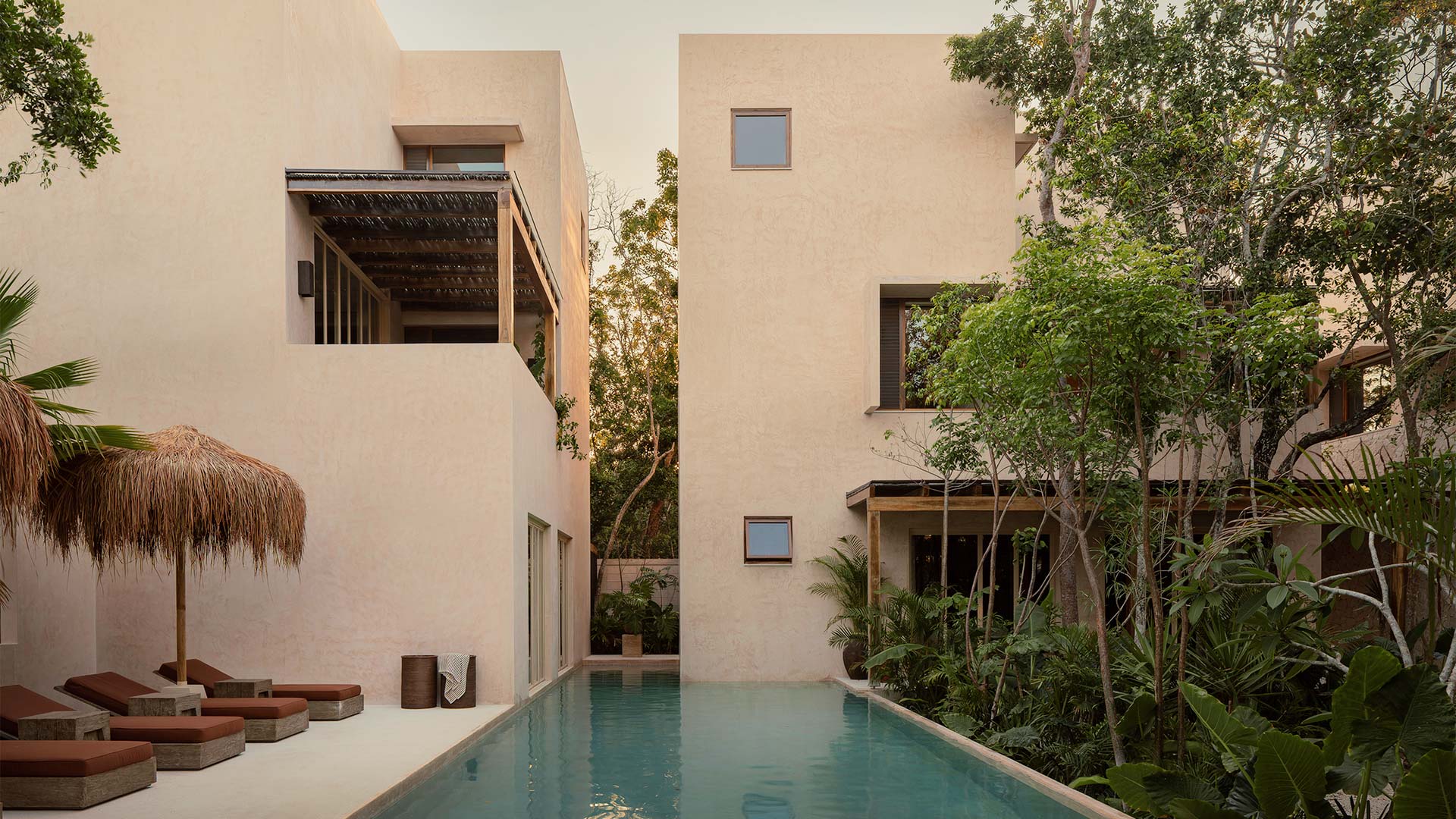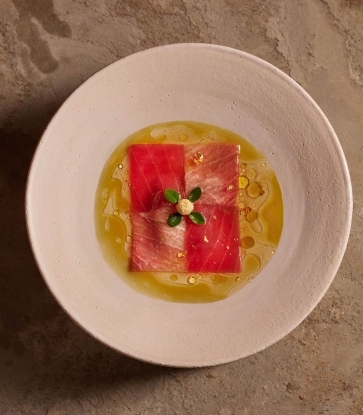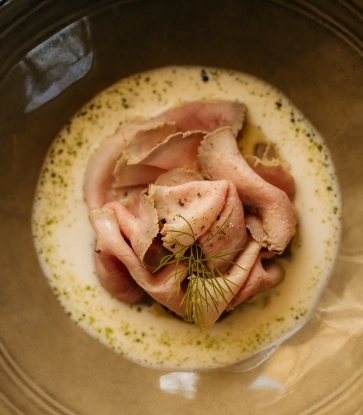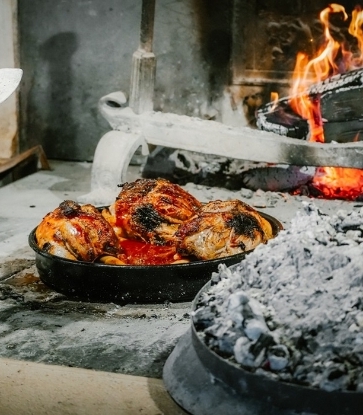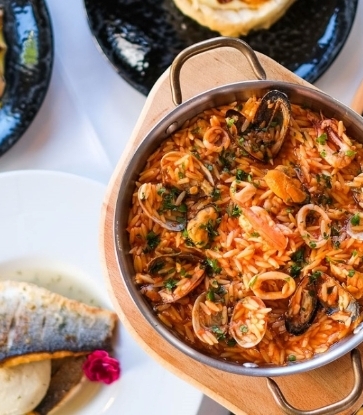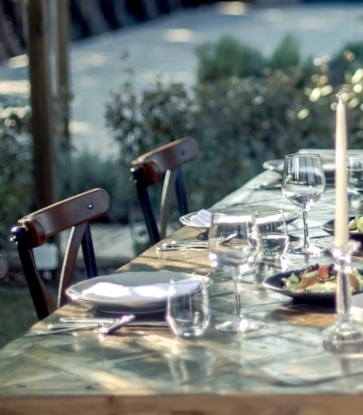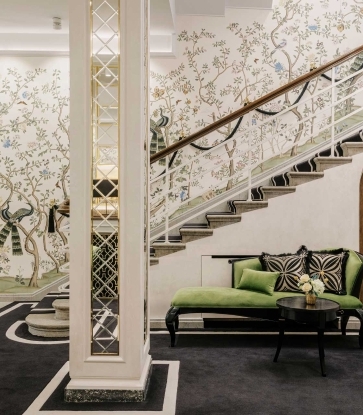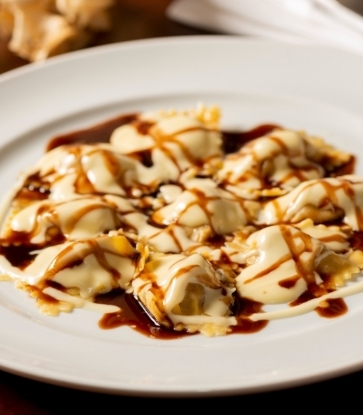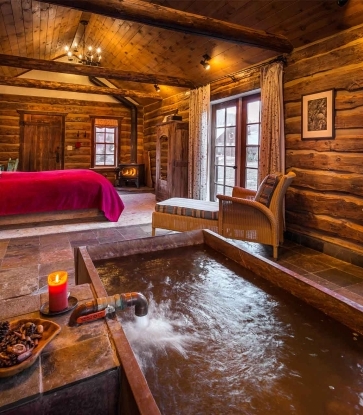More recently, the city has also become a gourmet destination, featuring culinary options ranging from more casual restaurants to haute-cuisine experiences that showcase local ingredients, such as fish caught off the city’s coastline and vegetables grown in mountainous regions just a few kilometers away. Rio de Janeiro has something for every taste! To help you make the most of the city and to indulge yourself to the full, we have designed the following two-day itinerary.
Day 1: The Sandy Beaches of Copacabana and Leblon
Morning
Rio de Janeiro wakes up early: by first thing in the morning its beaches are already full of people jogging, playing volleyball or taking part in any number of sporting activities. One of the best ways to enjoy the sunrise is from the sea at Posto 6, along Copacabana, one of the world’s most famous beaches. The latest trend is to rent a standup paddle and to head to the calmest section of coastline close to the Copacabana Fort, just as the day’s first rays of sunshine break over the horizon.
Following this glorious start to the day, it’s time to re-energize. In the aforementioned historic military fort, the emblematic Confeitaria Colombo has opened an outlet for breakfast, pastries — such as its popular “pastel de nata” — and tea and coffee for customers ranging from couples to groups of female friends who flock here to eat with one of the city’s best views as their backdrop. Once you're suitably replete, it is well worth learning more about the construction of the fort, which was built in 1914 to strengthen the protection of Guanabara Bay. From here, the walk to Arpoador, where surfing was born and developed in the city, is one of the most beautiful in Rio. Sitting on a rock watching surfers tackle the waves is a perfect opportunity to gently while away your time.

Lunch
Just a few minutes from Arpoador, in the heart of Ipanema, Mäska is the perfect place for lunch. The restaurant is overseen by pre-eminent chef Danilo Parah, who conjures up cuisine that combines delightful recipes featuring his own innovative touch with hints of Asian flavors. In the kitchen, which opens onto the dining room, he and his team work tirelessly to create dishes that range from raw fish with mango & ginger jelly and a tangerine ponzu sauce to more substantial offerings such as pork ramen with soft-cooked egg, copa-lombo charcuterie, and black nori. Located at the heart of Rua Joana Angélica, the restaurant has a modern bistro-style feel and attracts a wide cross-section of customers who fill up the tables of this welcoming dining space which has become a must-visit in this neighborhood.
Afternoon
After lunch, it’s well worth strolling to the Rodrigo de Freitas lagoon, one of Rio’s picture-postcard settings. Measuring over two kilometers in length, this saltwater lagoon, connected to the sea by a canal, is surrounded by mountains and green spaces and fronted by a delightful waterfront along which you can observe the daily rhythm of the city, including locals cycling and jogging along the banks of the lagoon, as well as mums and dads on a gentle stroll with their kids.

Dinner and Beyond
We then recommend returning to Copacabana to visit one of Rio’s (and Brazil’s) legendary buildings, namely Copacabana Palace, a hotel with its own unique aura and glamour and which has recently celebrated its centenary. When the hotel first opened at 1702 Avenida Atlantic, there was little else here apart from the sandy beach, the waves of the Atlantic, and a few neighboring buildings. The construction of the hotel helped transform Copacabana into one of the world’s most famous beaches, attracting celebrities such as Louis Armstrong, Édith Piaf, Marlene Dietrich, Ella Fitzgerald, Ray Charles, Princess Diana, and others too numerous to mention over its hundred-year history.


Day 2: From Downtown to Botafogo
Morning
Start the day, perhaps, with breakfast (also available to non-guests) at the Hotel Santa Teresa Rio MGallery. Occupying a former colonial-style fazenda in the bohemian Santa Teresa district, this boutique hotel is a veritable refuge in the city. It has managed to preserve its historic architectural features, such as the stone walls and wooden floors, while at the same time introducing modern décor that ranges from indigenous handicraft to works of art by renowned designers such as the Brazilian Modernist Sergio Rodrigues. Its multi-purpose Térèze restaurant is worthy of special mention for lunch or dinner. Here, the focus is on contemporary cuisine with Latin American influences in a comfortable ambience with a breathtaking view of Guanabara Bay as a backdrop.
After breakfast, it’s worth spending the morning exploring the Santa Teresa district, which is known as a haven for artists, as witnessed by the plethora of galleries and studios open to visitors. A stroll along its cobbled streets, visiting art-focused spaces such as Estudio Dezenove, a collective of contemporary artists, will help you to gain a better understanding of this neighborhood, with its tranquil, creative ambience.

Lunch
Not far from the Santa Teresa district, the Lilia restaurant serves a delicious menu that's perfect for lunch. Occupying a colonial-style townhouse in the historic Lapa district in the center of Rio, just a few metres from the famous São Sebastião cathedral, the restaurant has a distinctly unpretentious feel with a daily focus on ingredients sourced from a variety of local producers. And although the décor is industrial in feel, including exposed brick, the overall ambience is comfortable and welcoming. This is also reflected in the cuisine created by Chef Rafael Scatolin, who mixes creativity and flavor in dishes such as grilled mushrooms with cauliflower cream, Brazil nuts, chimichurri, and chickpeas, as well as light starters such as fresh oysters with seaweed and fish roe, one of the dishes served on the tasting menu.
Afternoon
The plan after lunch is to expand your exploration of the area with a stroll through the center of Rio, which has recently benefited from major renovation work. Following a long period when it was viewed as an unsafe area, initiatives involving the re-occupation of public spaces have resulted in the neighborhood adopting a new look. As an example, the Reviver Cultural program has resulted in the transformation of abandoned buildings into spaces dedicated to art and culture, some of which are already open, such as the Centro Carioca de Fotografia, displaying images relating to the city, and the Casa Tucum, which brings together pieces of artisanal work by indigenous Brazilian artists. This new lease of life in the city center has led impresarios, chefs, and artists to open up venues in the surrounding area such as the Rua do Senado, which is nowadays the main home for art centers such as the modern Solar dos Abacaxis.

Dinner and Beyond
It's well worth booking a table for dinner at Lasai, one of the best restaurants in the city and one which recently underwent a major overhaul, including a change of premises. The new space is more intimate, with barely a dozen seats, and offers a unique experience for guests. Located just a few meters from its previous setting, it now boasts a modern dining room and an L-shaped counter to enable diners to share “the same table”. The cuisine still follows the same philosophy as before, however: vegetable-based dishes created mainly with ingredients grown on the two estates managed by Chef Rafa Costa e Silva just an hour away from the restaurant. The change in venue has enabled the restaurant to fine-tune its service, which is overseen by Malena Cardiel, and to perfect its minimalist yet highly detailed cuisine.







